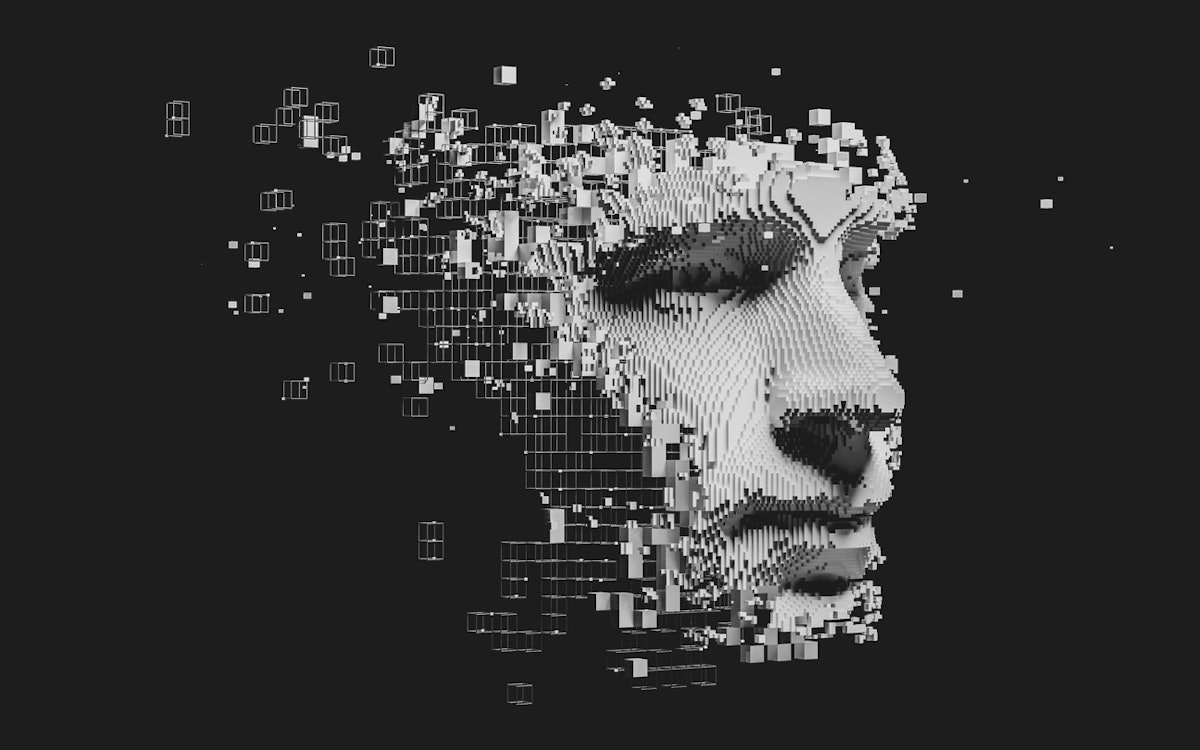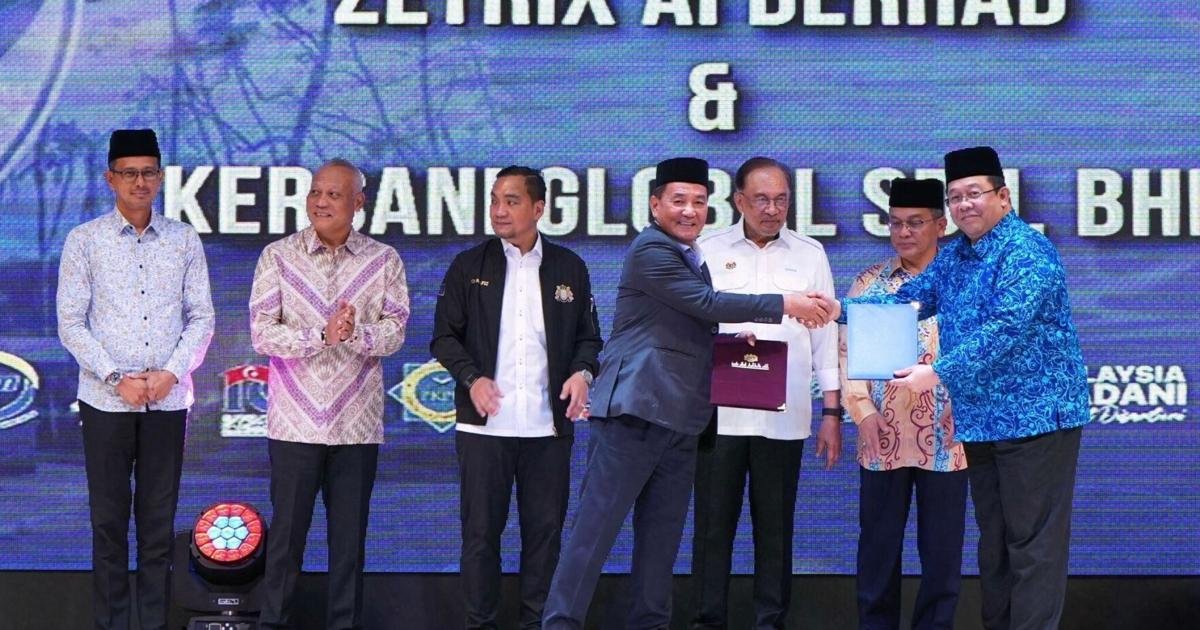AI Insights
Techno-Utopians Like Elon Musk Are Treading Old Ground

In “The Singularity is Nearer: When We Merge with AI,” the futurist Ray Kurzweil imagines the point in 2045 when rapid technological progress crosses a threshold as humans merge with machines, an event he calls “the singularity.”
Although Kurzweil’s predictions may sound more like science fiction than fact-based forecasting, his brand of thinking goes well beyond the usual sci-fi crowd. It has provided inspiration for American technology industry elites for some time, chief among them Elon Musk.
With Neuralink, his company that is developing computer interfaces implanted in people’s brains, Musk says he intends to “unlock new dimensions of human potential.” This fusion of human and machine echoes Kurzweil’s singularity. Musk also cites apocalyptic scenarios and points to transformative technologies that can save humanity.
Ideas like those of Kurzweil and Musk, among others, can seem as if they are charting paths into a brave new world. But as a humanities scholar who studies utopianism and dystopianism, I’ve encountered this type of thinking in the futurist and techno-utopian art and writings of the early 20th century.
Techno-utopianism’s origins
Techno-utopianism emerged in its modern form in the 1800s, when the Industrial Revolution ushered in a set of popular ideas that combined technological progress with social reform or transformation.
Kurzweil’s singularity parallels ideas from Italian and Russian futurists amid the electrical and mechanical revolutions that took place at the turn of the 20th century. Enthralled by inventions like the telephone, automobile, airplane and rocket, those futurists found inspiration in the concept of a “New Human,” a being who they imagined would be transformed by speed, power and energy.
A century ahead of Musk, Italian futurists imagined the destruction of one world, so that it might be replaced by a new one, reflecting a common Western techno-utopian belief in a coming apocalypse that would be followed by the rebirth of a changed society.
One especially influential figure of the time was Filippo Marinetti, whose 1909 “Founding and Manifesto of Futurism” offered a nationalistic vision of a modern, urban Italy. It glorified the tumultuous transformation caused by the Industrial Revolution. The document describes workers becoming one with their fiery machines. It encourages “aggressive action” coupled with an “eternal” speed designed to break things and bring about a new world order.
The overtly patriarchal text glorifies war as “hygiene” and promotes “scorn for woman.” The manifesto also calls for the destruction of museums, libraries and universities and supports the power of the rioting crowd.
Marinetti’s vision later drove him to support and even influence the early fascism of Italian dictator Benito Mussolini. However, the relationship between the futurism movement and Mussolini’s increasingly anti-modern regime was an uneasy one, as Italian studies scholar Katia Pizzi wrote in “Italian Futurism and the Machine.”
Further east, the Russian revolutionaries of 1917 adopted a utopian faith in material progress and science. They combined a “belief in the ease with which culture could be destroyed” with the benefits of “spreading scientific ideas to the masses of Russia,” historian Richard Stites wrote in “Revolutionary Dreams.”
For the Russian left, an “immediate and complete remaking” of the soul was taking place. This new proletarian culture was personified in the ideal of the New Soviet Man. This “master of nature by means of machines and tools” received a polytechnical education instead of the traditional middle-class pursuit of the liberal arts, humanities scholar George Young wrote in “The Russian Cosmists.” The first Soviet People’s Commissar of Education, Anatoly Lunacharsky, supported these movements.
Although their political ideologies took different forms, these 20th-century futurists all focused their efforts on technological advancement as an ultimate objective. Techno-utopians were convinced that the dirt and pollution of real-world factories would automatically lead to a future of “perfect cleanliness, efficiency, quiet, and harmony,” historian Howard Segal wrote in “Technology and Utopia.”
Myths of efficiency and everyday tech
Despite the remarkable technological advances of that time, and since, the vision of those techno-utopians largely has not come to pass. In the 21st century, it can seem as if we live in a world of near-perfect efficiency and plenitude thanks to the rapid development of technology and the proliferation of global supply chains. But the toll that these systems take on the natural environment – and on the people whose labor ensures their success – presents a dramatically different picture.
Today, some of the people who espouse techno-utopian and apocalyptic visions have amassed the power to influence, if not determine, the future. At the start of 2025, through the Department of Government Efficiency, or DOGE, Musk introduced a fast-paced, tech-driven approach to government that has led to major cutbacks in federal agencies. He’s also influenced the administration’s huge investments in artificial intelligence, a class of technological tools that public officials are only beginning to understand.
The futurists of the 20th century influenced the political sphere, but their movements were ultimately artistic and literary. By contrast, contemporary techno-futurists like Musk lead powerful multinational corporations that influence economies and cultures across the globe.
Does this make Musk’s dreams of human transformation and societal apocalypse more likely to become reality? If not, these elements of Musk’s project are likely to remain more theoretical, just as the dreams of last century’s techno-utopians did.
AI Insights
Malaysia and Zetrix AI Partner to Build Global Standards for Shariah-Compliant Artificial Intelligence
JOHOR BAHRU, Malaysia, Sept. 13, 2025 /PRNewswire/ — In a significant step towards islamic values-based artificial intelligence, Zetrix AI Berhad, developer of the world’s first Shariah-aligned Large Language Model (LLM) NurAi and the Government of Malaysia, through the Prime Minister’s Department (Religious Affairs), today signed a Letter of Intent (LOI) to collaborate on establishing the foremost global framework for Shariah compliance, certification and governance in AI. The ceremony was witnessed by Prime Minister YAB Dato’ Seri Anwar Ibrahim.
Building Trust in NurAI
Front row: Datuk Mohd Jimmy Wong Abdullah, Director of Zetrix AI Berhad (left) and Dato’ Dr. Sirajuddin Suhaimee, Director General of Department of Islamic Development Malaysia (JAKIM) (right), during the signing of the Letter of Intent between Zetrix AI Berhad and the Government of Malaysia, through the Prime Minister’s Department (Religious Affairs). Back row, from the left: The signing was witnessed by YB Tuan Haji Mohd Fared bin Khalid, Chairman of the Johor State Islamic Religious Affairs Committee; YB Dato’ Haji Asman Shah bin Abd. Rahman, Secretary of the Johor State Government; YAB Dato’ Onn Hafiz bin Ghazi, Chief Minister of Johor; YAB Dato’ Seri Anwar bin Ibrahim, Prime Minister of Malaysia; and YB Senator Dato’ Setia Dr. Haji Mohd Na’im bin Haji Mokhtar, Minister in the Prime Minister’s Department (Religious Affairs).
JAKIM, Malaysia’s Department of Islamic Development, is internationally recognised as the gold standard in halal certification, accrediting foreign certification bodies across nearly 50 countries. Malaysia has consistently ranked first in the Global Islamic Economy Indicator, reflecting its leadership not only in halal certification but also in Islamic finance, food and education. By integrating emerging technologies such as AI and blockchain to enhance compliance and monitoring, Malaysia continues to set holistic benchmarks for the global Islamic economy.
NurAI has already established itself as a pioneering Shariah-aligned AI platform. With today’s collaboration, JAKIM, under the Ministry’s leadership, would play a central role in guiding the certification, governance and ethical standards of NurAI, ensuring its alignment with Islamic principles.
Additionally, this milestone underscores the urgent need for AI systems that move beyond secular or foreign-centric worldviews, offering instead a platform rooted in Islamic ethics. It positions Malaysia as a global leader in ethical and Shariah-compliant AI while setting international benchmarks. The initiative also reflects the country’s halal and digitalisation agendas, ensuring AI remains trusted, secure, and representative of Muslim values while serving more than 2 billion people worldwide.
Prime Minister YAB Dato’ Seri Anwar Ibrahim reinforced that national policies should incorporate various inputs, including digitalisation and artificial intelligence — and must always remain grounded in islamic principles and values that deserve emphasis.
Areas of Collaboration
Through the LOI, Zetrix AI and the Government via JAKIM, propose to collaborate in three key areas:
- Shariah Certification and Governance — Developing frameworks, ethical guidelines and certification standards for AI systems rooted in Islamic principles.
- Global Advocacy and Promotion — Positioning Malaysia as the global centre of excellence for Islamic AI and championing the Islamic digital economy projected at USD 5.74 trillion by 2030.
- JAKIM’s Official Channel on NurAI — Creating a trusted platform for Islamic legal rulings, halal certification and verified Shariah guidance, combating misinformation through AI.
Reinforcing Global Halal Tech Leadership
Through this collaboration, NurAI demonstrates how advanced AI can be guided by ethical and faith-based principles to serve global communities. By extending halal leadership into the digital economy particularly in Islamic finance, education and law — Malaysia positions itself as a key contributor to setting international benchmarks for Shariah-compliant AI.
Inclusive, Secure and Cost-Effective AI
NurAI is developed in Malaysia, supporting Bahasa Melayu, English, Indonesian and Arabic. It complies with national data sovereignty and cybersecurity policies, reducing reliance on foreign tools while ensuring AI knowledge stays local, trusted, and secure.
NurAI is available for download on nur-ai.zetrix.com
About Zetrix AI Berhad
Zetrix AI Berhad (“Zetrix AI”), formerly known as MY E.G. Services Berhad, is leading the way in the deployment of blockchain technology and artificial intelligence in powering the public and private sectors across ASEAN. Headquartered in Malaysia, Zetrix AI started operations in 2000 as a pioneer in the provision of electronic government services and complementary commercial offerings in its home country. Today, it has advanced to the forefront of technology transformation in the broader region, leveraging its Layer-1 blockchain platform Zetrix and embracing the convergence of Web3, AI and robotics to enable optimally-efficient, intelligent and secure cross-border transactions, digital identity interoperability and automation solutions that seamlessly connect peoples, businesses and governments.
SOURCE Zetrix AI Berhad

AI Insights
Malaysia and Zetrix AI Partner to Build Global Standards for Shariah-Compliant Artificial Intelligence – WV News
AI Insights
Server Error – 500 India TV News
-

 Business2 weeks ago
Business2 weeks agoThe Guardian view on Trump and the Fed: independence is no substitute for accountability | Editorial
-
Tools & Platforms1 month ago
Building Trust in Military AI Starts with Opening the Black Box – War on the Rocks
-

 Ethics & Policy2 months ago
Ethics & Policy2 months agoSDAIA Supports Saudi Arabia’s Leadership in Shaping Global AI Ethics, Policy, and Research – وكالة الأنباء السعودية
-

 Events & Conferences4 months ago
Events & Conferences4 months agoJourney to 1000 models: Scaling Instagram’s recommendation system
-

 Jobs & Careers2 months ago
Jobs & Careers2 months agoMumbai-based Perplexity Alternative Has 60k+ Users Without Funding
-

 Podcasts & Talks2 months ago
Podcasts & Talks2 months agoHappy 4th of July! 🎆 Made with Veo 3 in Gemini
-

 Education2 months ago
Education2 months agoVEX Robotics launches AI-powered classroom robotics system
-

 Education2 months ago
Education2 months agoMacron says UK and France have duty to tackle illegal migration ‘with humanity, solidarity and firmness’ – UK politics live | Politics
-

 Podcasts & Talks2 months ago
Podcasts & Talks2 months agoOpenAI 🤝 @teamganassi
-

 Funding & Business2 months ago
Funding & Business2 months agoKayak and Expedia race to build AI travel agents that turn social posts into itineraries



